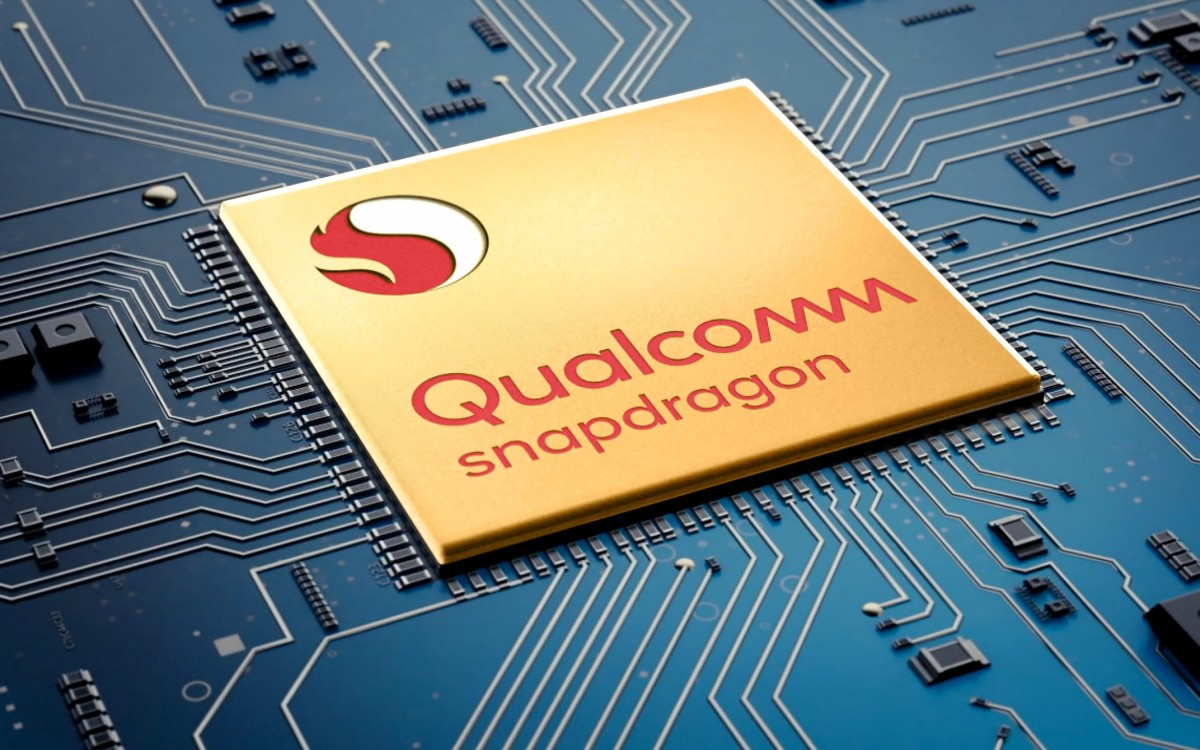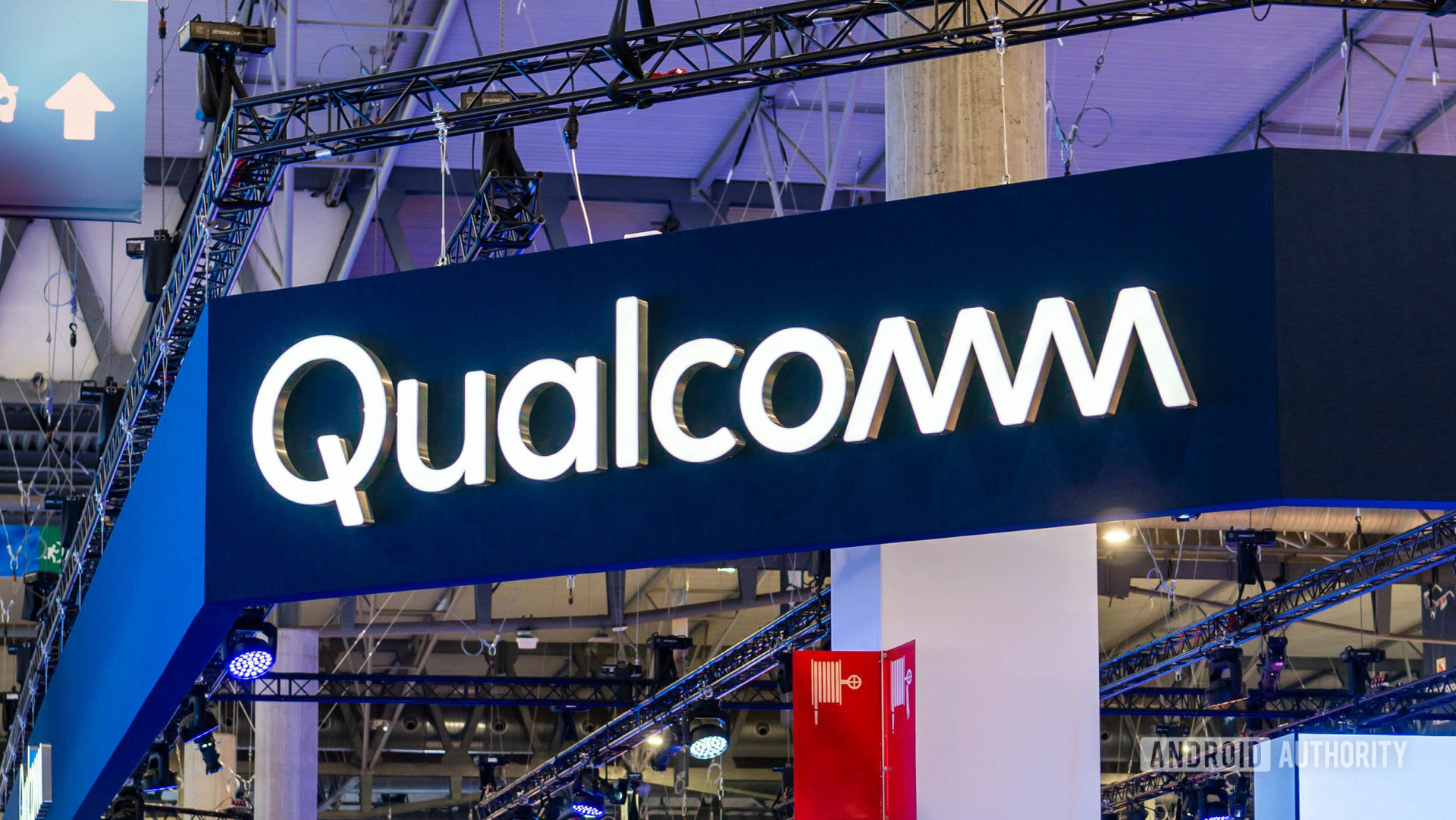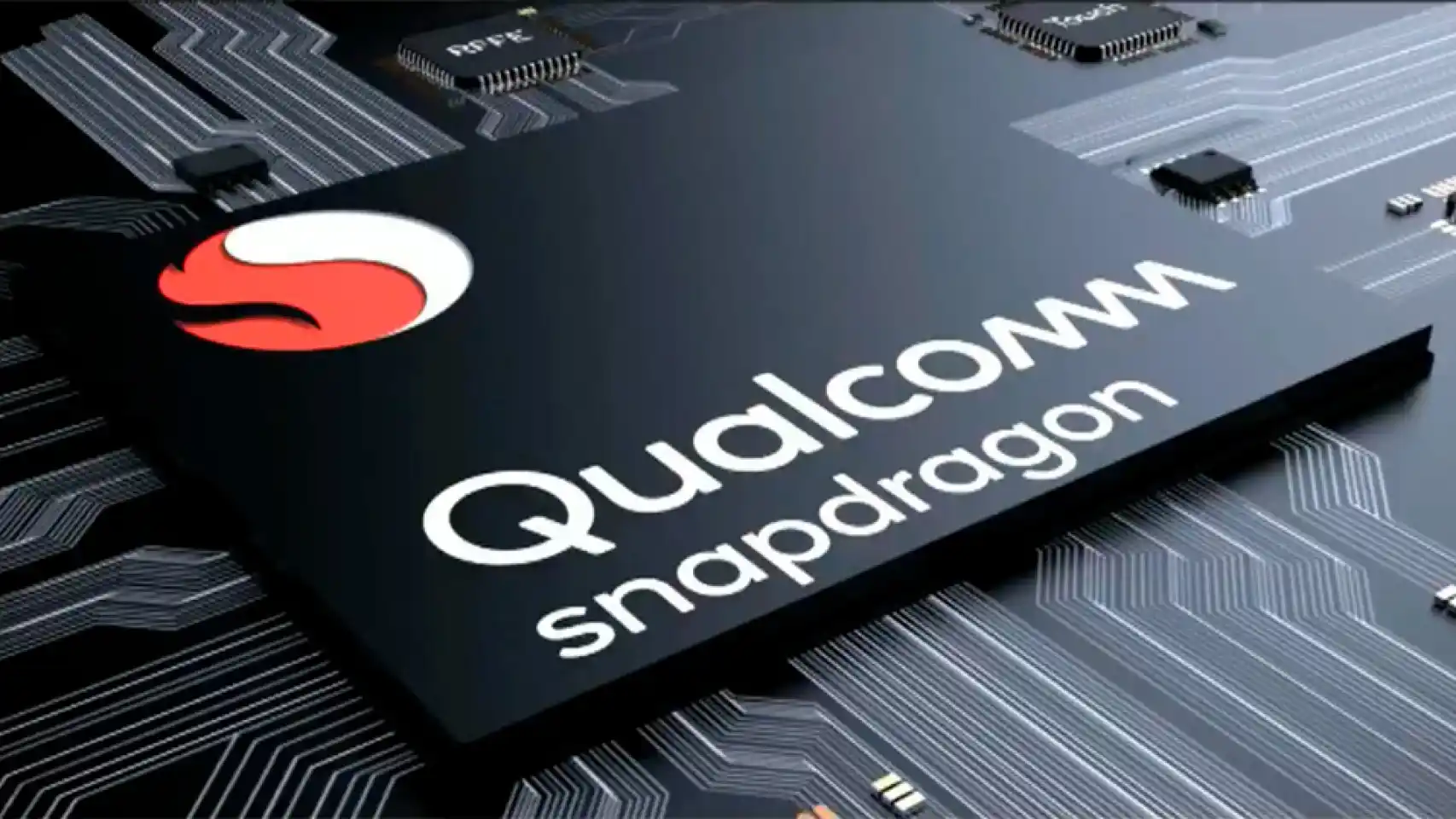Qualcomm Snapdragon 8 Gen 4 power consumption rumored

Now that the Snapdragon 8 Gen 3 is out on the market in the likes of the Samsung Galaxy S24 and the OnePlus 12, it's time to turn our attention to what Qualcomm has planned for us later this year, the Snapdragon 8 Gen 4. So far, leaks have revealed , that it will have 6 Phoenix L and 2 Phoenix M CPU cores. Qualcomm has internally codenamed it Sun, which is appropriate if some rumors about its power consumption are correct.
According to a post on South Korean tech forum DCInside, one of its high-performance cores can draw up to 5.47 Watts. Both cores combined take that number up to 9.32 Watts. These are Qualcomm's new Nuvia (probably Phoenix L) cores and not off-the-shelf Arm Cortex variants. Likewise, the Phoenix M cores draw 1.1 Watts each when pressed.

In an all-core workload, the Snapdragon 8 Gen 4's power draw goes as high as 14.2 Watts. These numbers were measured on an early Snapdragon 8 Gen 4 engineering sample and may change in the months leading up to its release.
14 Watt is a bit too high a temperature for a smartphone form factor and will require a powerful cooling solution to keep the heat in check. This, combined with the increased transistor density made possible via TSMC's N3E process, should give Snapdragon 8 Gen 4 the competitive edge it needs to take on the MediaTek Dimensity 9400 and Samsung 3GAP-based Exynos 2500.
It is worth noting that these specifications are not yet confirmed and we are still waiting for an official confirmation from Qualcomm. But these rumors and leaks still give us a good idea of what to expect from the Snapdragon 8 Gen 4.

It's also important to remember that these numbers represent the maximum power consumption, and in practice consumption will vary depending on the specific task and user behavior. For example, an intensive gaming session is likely to consume more power than regular web browsing.
As for the competition, the MediaTek Dimensity 9400 and the Samsung Exynos 2500 have their own strengths and weaknesses, and it will be interesting to see how the Snapdragon 8 Gen 4 stacks up against them.
It is clear that Qualcomm is ready to take on the challenge and continue to push the boundaries of what is possible in smartphone technology. It's an exciting time for tech enthusiasts, and we're looking forward to seeing what Qualcomm has up its sleeve with the Snapdragon 8 Gen 4.
Latest smartphone
-
18 Febsmartphone
-
07 Jansmartphone
OnePlus 13
-
03 Decsmartphone
OnePlus 13 will launch globally in January 2025
-
25 Octsmartphone
OnePlus launches OxygenOS 15
-
17 Octsmartphone
OxygenOS 15 goes live on October 24
-
20 Sepsmartphone
Apple can be forced to open Siri
-
10 Sepsmartphone
A18 Pro chip in iPhone 16 Pro is 15 percent faster
-
10 Sepsmartphone
Apple's event brought lots of news.
Most read smartphone
Latest smartphone
-
18 Febsmartphone
OnePlus Watch 3 now hits stores
-
07 Jansmartphone
OnePlus 13
-
03 Decsmartphone
OnePlus 13 will launch globally in January 2025
-
25 Octsmartphone
OnePlus launches OxygenOS 15
-
17 Octsmartphone
OxygenOS 15 goes live on October 24
-
20 Sepsmartphone
Apple can be forced to open Siri
-
10 Sepsmartphone
A18 Pro chip in iPhone 16 Pro is 15 percent faster
-
10 Sepsmartphone
Apple's event brought lots of news.






